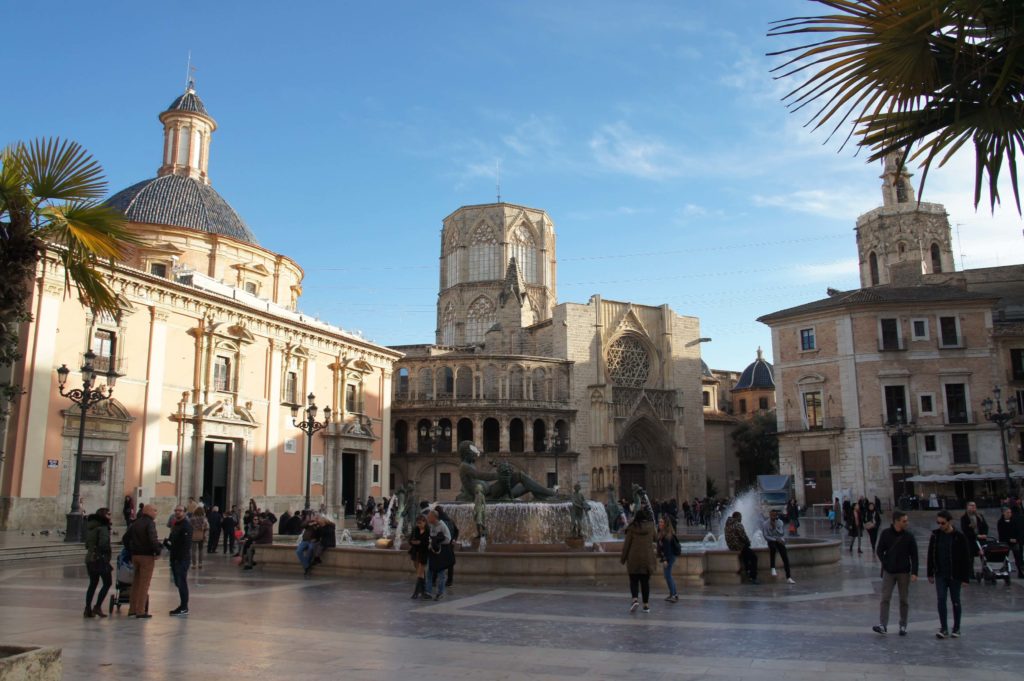Valencia – Spain
Roman Valentia Edetanorum
Quickly piling up on more trips for 2018, we do also continue to benefit from destinations which are way cheaper during the low season months that would rather be very expensive otherwise. 2 weeks ago it was Gran Canaria, the previous weekend, Seville; and now, Valencia. Although all of these three destinations are repeated, it was for some a chance to keep visiting other places, while for others, it was just too many years since we were there and therefore almost forgotten. Not just that, Valencia is also an incredible beautiful and large city, the 3rd largest in Spain where a weekend is even too short time. Now I do also finally get the chance to create this well deserved travel guide for it; and I know it will be laborious and quite in-detail in the sights section. There are just too many!
Founded by the Romans, is has survived periods of prosperity and depression through the centuries. Thriving, then wars and decline; destruction, rebuilding and so forth. From a Roman province, to the Moorish invasion, then reconquered by the Christians to become part of one of the Kingdoms that once were in the Iberian Peninsula: the Crown of Aragon. It was the 15th century what is best known as the Golden Age of Valencia, when the city lived a great economic expansion, culture and arts flourished and an overall wealth that saw the construction of most of the impressive buildings still standing today from that period. Its university, created in 1499 is one of the oldest surviving in Spain too. However, from one of the most influential cities on the Mediterranean to an economic crisis following the discovery of the Americas. Valencians, like the Catalans, Aragonese and Majorcans were prohibited participation in the cross-Atlantic commerce with the New World and any trade with the colonies. This left Valencia secluded with no riches coming in, nor benefiting from it.
To my personal opinion, this city is the combination of Madrid and Barcelona. From Barcelona it takes the fascinating elegant architecture, notably in the modernist style (art nouveau), and the urbanism; a perfect grid of orthogonal streets and avenues (although this is also traditional in Madrid and in any city in Spain during the late 19th early 20th century extensions). From Madrid it takes a vibrant and thriving life, day and night; and that feeling of a great big capital city. Nowadays, although the capital of the autonomous region of Comunidad Valenciana, it was for a brief period in the summer of 1812 the capital of Spain when Joseph Bonaparte moved the Court here; and then again, between 1936 and 1937 during the Second Spanish Republic. (more…)
